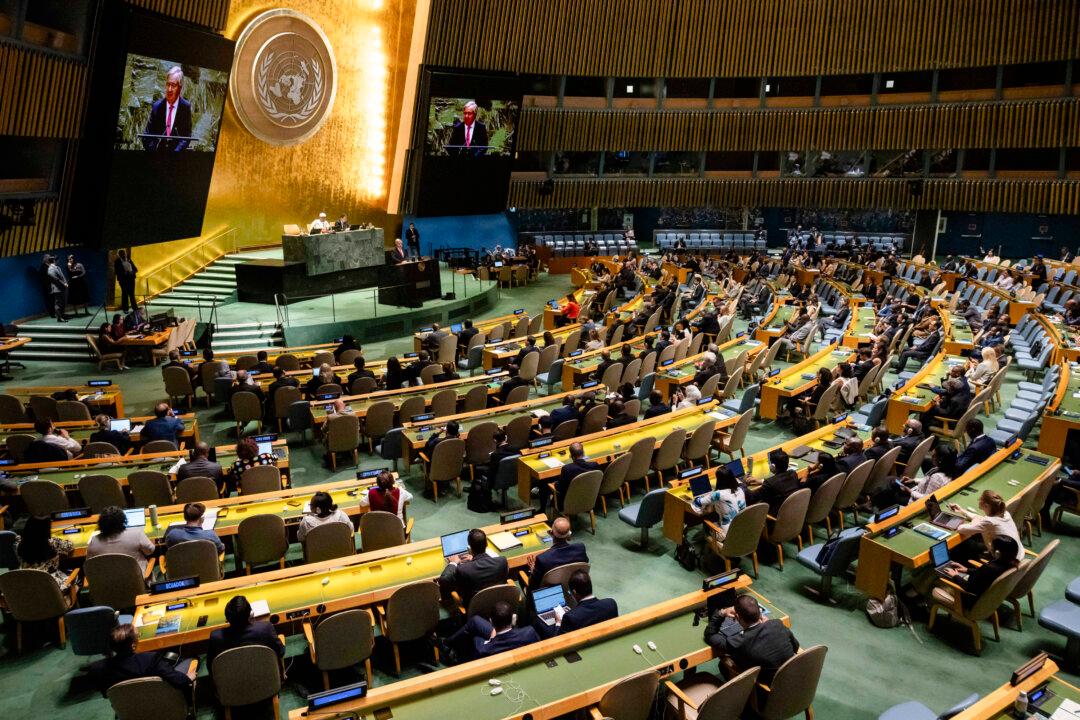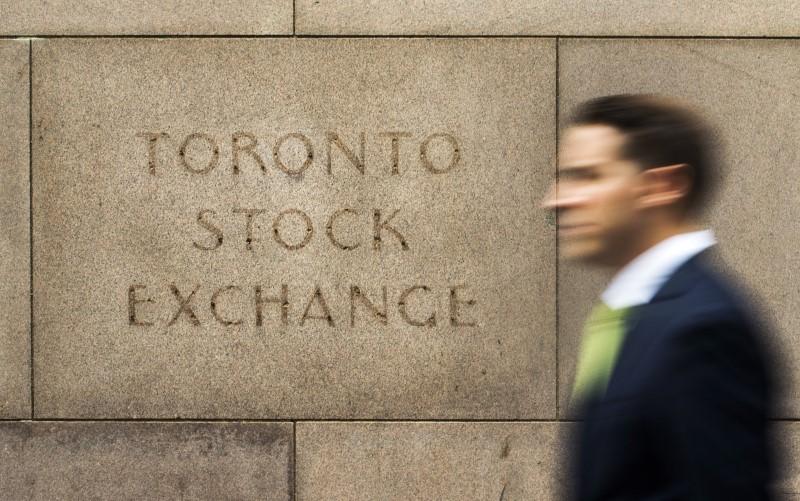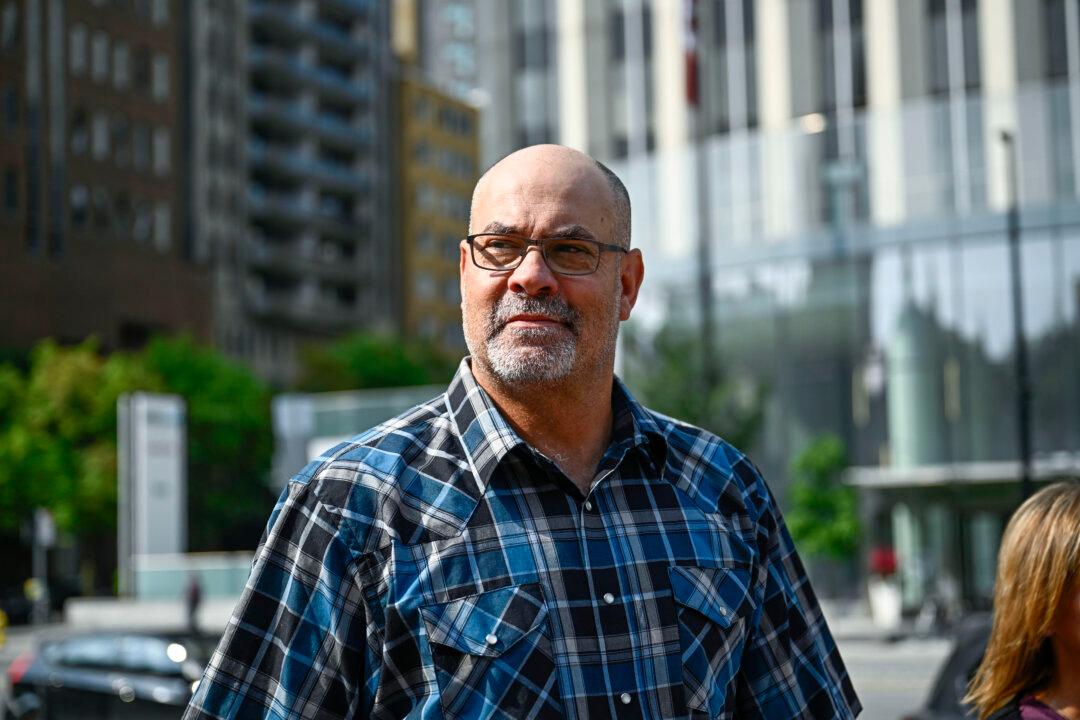Canada’s commitments to United Nations pacts have motivated policy decisions in many ways over the years.
In September, Canada ratified the U.N.’s new Pact for the Future, a broad agreement that aims to strengthen previous pacts and sets goals for many areas of governance, including the internet, artificial intelligence, plastic waste, and weapons.






